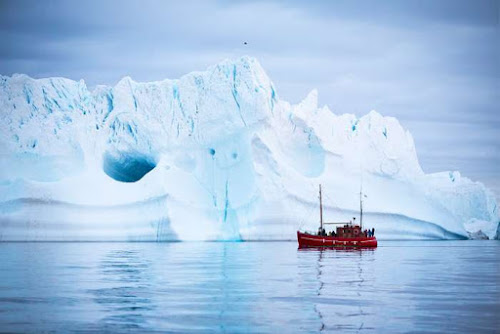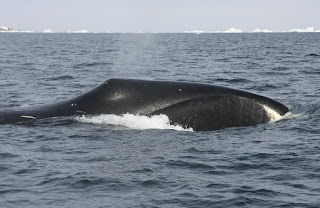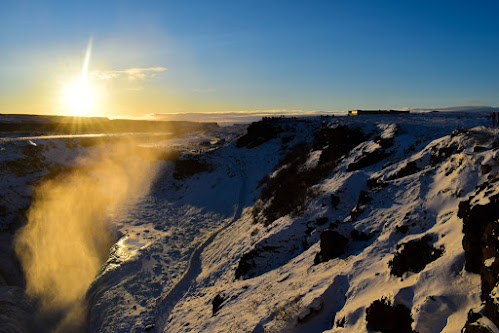Beginning Of Icebergs
Icebergs of the Antarctic calve from drifting ice racks and are a spectacular view, developing big, level "tabular" frameworks. A common recently calved iceberg of this kind has a size that varies from a number of kilometres to 10s of kilometres, a density of 200–400 metres (660–1,320 feet), and a freeboard, or the elevation of the "berg" over the waterline, of 30–50 metres (100–160 feet). The mass of a tabular iceberg is generally a number of billion loads. Drifting ice racks are a extension of the streaming mass of ice that comprises the continental ice sheet. Drifting ice racks edge regarding 30 percent of Antarctica's shoreline, and the shift location where drifting ice satisfies ice that rests straight on bedrock is referred to as the basing line. Under the stress of the ice streaming outside from the centre of the continent, the ice in these racks relocations seaward at 0.3–2.6 kilometres (0.2–1.6 miles) annually. The subjected seaward front of the ice rack experiences tensions from subshelf currents, trends, and sea swell in the summertime and removaling load ice throughout the winter season. Because the rack typically has fractures and crevasses, it will ultimately fracture to produce easily drifting icebergs. Some small ice racks produce big iceberg quantities due to their fast velocity; the little Amery Ice Rack, for circumstances, creates 31 cubic kilometres (regarding 7 cubic miles) of icebergs annually as it drains pipes regarding 12 percent of the eastern Antarctic Ice Sheet.

Iceberg calving might be triggered by sea wave activity, get in touch with with various other icebergs, or the behavior of thawing sprinkle on the top surface area of the berg. With the use tiltmeters (devices that could spot a modification in the angle of the incline of an object), researchers tracking iceberg-calving occasions have had the ability to web link the damaging tension happening close to the ice front to lengthy storm-generated swells coming from 10s of countless kilometres away. This flexing tension is improved when it comes to glacier tongues (lengthy tighten drifting ice racks created by fast-flowing glaciers that protrude much right into the sea). The swell triggers the tongue to oscillate up till it cracks. Additionally, on a variety of events, iceberg calving has been observed instantly after the accident of one more iceberg with the ice front. Additionally, the mass outbreak of icebergs from Larsen Ice Rack in between 1995 and 2002, however typically credited worldwide warming, is believed to have happened since summertime meltwater externally of the rack filled up close-by crevasses. As the fluid sprinkle refroze, it broadened and created cracks at the bases of the crevasses. This sensation, referred to as frost wedging, triggered the rack to splinter in a number of locations and produced the disintegration of the rack.


